Here are some approaches and plants to think about
if you’d like to inject more life into your garden.
by Janet Macunovich / photos by Steven Nikkila
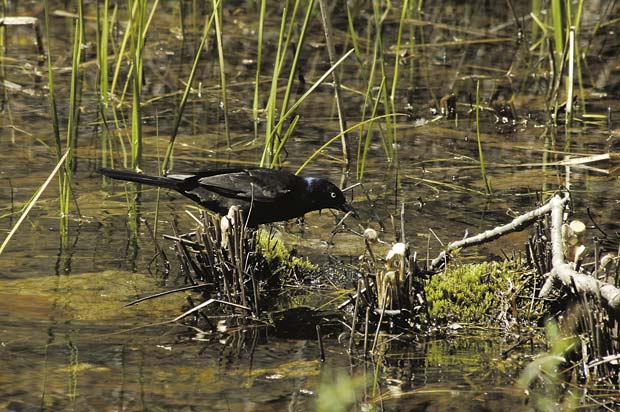

“Whose garden is it?” asks the children’s book by that name. Everyone and everything, from the gardener to the rain and the resident rabbit, replies, “It’s mine!”
How true, that so many have claims on a garden. In the case of my own garden and some I tend, the gardener doesn’t even list his or her own claim first, but would answer that question, “It’s theirs and I’m glad. I wished for and worked to attract the birds, the rabbits, the groundhog, the fox, the butterflies and all the rest. With every change, I think about them and how to keep them.”
Basic recipe: Food, water, shelter
Life requires all three. If you spring for one—food, for instance—you might nab some visitors if the creatures you’re luring are already nearby because your yard or another property in your vicinity is providing them water and shelter. On the other hand, hang out a hummingbird feeder in a large new development devoid of big trees and though that lure sparkles red in the sun and you change it religiously to keep the syrup from spoiling, you may never see a hummer. The habitat a ruby-throated hummingbird looks for is wooded and though it may fly a mile to feed it wants to nest where it’s woodsy.
So make a list of the wildlife you’d like to see, learn the particulars of their basic recipe, check what’s on hand and what’s missing in your neighborhood that they need, and add what it takes. Go wild!
Natural foodstuffs and supplements
Food is probably the easiest prescription to fill. Scatter some seed on the ground and you’re likely to get a few sparrows, whose presence may cue birds of other types to come see “what’s up.”
That offering is supplemental food. Make sure your yard also offers natural food if you want the most diversity, all year, without having to break the bank to keep all those hungry beaks and bellies filled. What Nature provides often can’t be duplicated at a feeder: A well-rounded, nutritionally balanced diet.
When you look around your neighborhood to see what it has to offer the wildlife on your invitation list, look for plants that produce seeds and berries. Notice or look up what time of year each crop becomes available.
If you find that every berry bush and seed plant around ripens in late spring or early fall, you might be able to fill the summer and winter gaps with dogwoods for late summer berries, members of the sunflower family that offer up seed at the end of July, or viburnum and hawthorn that carry fruit into winter. You might boost your whole neighborhood’s rating to that of a five-star wildlife resort and at the same time become the best seat in the house because the table will be loaded only in your yard at certain times.
One critical menu item you might overlook is bugs. On the wing, in the ground, as eggs and larvae, they’re lunch to almost everything bigger. Insects are probably even more important to birds than berries and seeds, because they’re a better source of protein. Even birds that eat more fruit than anything else at most times of year will switch to bug collection when they’re raising young. It’s just plain better fuel for getting a nestling up to speed and out on is own.
As you assess your surroundings for wildlife potential, keep an eye open for pesticide use that you might be able to influence, and think hard about your own use of insecticides. This isn’t to say that some bug-killing isn’t warranted, only that the see-bug-kill-bug approach is one that has to be moderated if you’d like to enjoy the company of organisms that are higher on the food chain.
As well as protecting bugs so they’ll be there on the menu for other animals, many people cater to certain insects on a par with songbirds. They do, and you can, provide the plants that caterpillars eat, introduce and nurture fascinating predators such as preying mantises and lightning bugs, and design the landscape so it offers one after another of the flowers that serve nectar-sipping bees and butterflies.
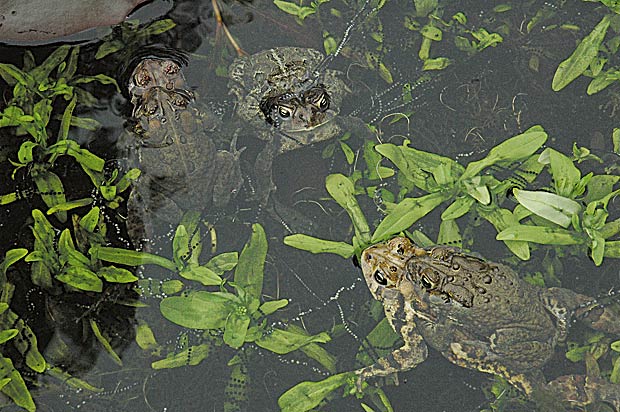
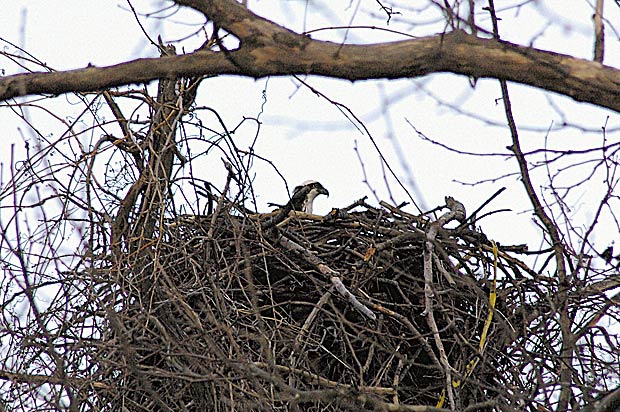
Water: Clean and safe
Bees and butterflies may be able to live for days on nectar alone but for most wildlife no meal is complete without a sip of water. Wild animals know where to find it in natural bodies of water, puddles, and tree cavities and crotches that collect rainwater. To tiny critters such as butterflies and hummingbirds, even a dewy leaf is a beverage bar.
Yet drought happens. Then, the water we spill into a birdbath, the sprinkler we leave running and a garden pond or fountain can be lifesavers. Looking for entertainment on a dry summer day? Set up a sprinkler so that it hits shrubbery as well as a lawn or garden, and watch the birds check in to perches high and low for a drink and a wash. Position your chair so you can see both the spot being watered and any place downhill where runoff accumulates, since some species prefer to shower, others to bathe.
Running and dripping water is such a lure that even a simple leaky bucket can call birds from a quarter mile. Try it. Put a very small hole in an expendable bucket and perch it on a bench or table so it drips onto a flat stone. Or leave a hose barely dripping over that same rock. Some member of your wild community will find it, others will notice, and soon a line will form!
You may not realize how important your garden pond is until you make a point of watching it all day or through the night. Toads gather there to mate, frogs take up residence, dragonflies drop their eggs in, and squirrels, chipmunks, raccoons, and even deer stop in to sip.
What we saw in our own ponds over the years prompted us to design the one we have now with creature comfort in mind. We made it deep enough that at least some fish would always escape a heron’s fishing spree. We put a layer of sand at its bottom so frogs could dig in and remain at the bottom through winter. At one edge we created a beach—a sloping exit point where birds, snakes or shrews that fall in might be able to climb back out. Within the lined excavation we included a bog, where a depression in the sand can be a butterfly puddling point. We do minimal cleanup in spring to preserve the dragonflies that spend winter there as mosquito-eating larvae.
Whether you set out a simple water bowl for the ducks who forage at the foot of your feeder, fill an old dishpan with sand plus just enough water to form a shallow puddle on top for the butterflies, or go whole hog on a birdbath with fountain, keep two words in mind: clean and safe. Change the water often so mosquitoes can’t breed there, and keep it shallow so the smallest of your visitors can wade without drowning.
Shelter is for travel and storm as well as raising a family
Birdhouses and nesting boxes are the first things most people list when asked what “shelter” means in relation to wildlife. Others include the dog hair, yarn and other building materials they set out to be taken by nest builders. Some recognize that they’re providing shelter when they ignore standard pruning practice to leave cluttered crotches and decayed “snags” on trees to serve as nest bases and natural nesting cavities. All of these places and things associated with raising young are shelter but still only one part of a bigger picture.
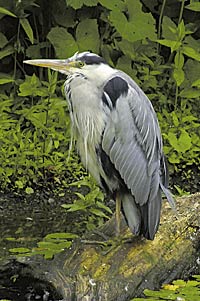
Safe passage is part of shelter. It encompasses hedge rows that are travel lanes for critters which might otherwise draw the attention of a hawk or owl. Brush piles fall into this category since they can admit wee beasties while keeping out the larger animals that hunt them. Clumps of herbaceous perennial stems left standing over winter count, too, as they may harbor developing caterpillars and ladybugs, or screen the entrance to anything from a chipmunk hole to a fox’s den.
Warming stations are shelter, too. The southeast face of a hedge is the warm spot many creatures seek after a cold night. Even better are shrubs along the east or south side of a building, where the sun warms one side of the plants while the other holds heat that escapes from windows and chinks in the wall. Likewise, the sunny side of a rock pile is a magnet for cold-blooded reptiles. Before you shudder and dismantle your rock wall, consider that it’s also the place where cold-blooded butterflies and dragonflies can warm themselves.
Shelter is also the proverbial port in a storm. When the weather turns ugly, thickets, evergreen trees and dense shrubs can quickly become as crowded as a park pavilion when thunder and lightning interrupt a 4th of July celebration. Trees on the lee side of a slope might serve as a roost for hundreds of birds when strong winds blow during migration time. Even the sheltered side of an ornamental grass becomes a busy spot when winter winds blow.
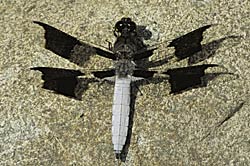
So set your stage to both invite wildlife and allow you to watch from a prime seat. Pick plants to feed and house those birds, bats, bufos, bugs or bunnies. Cluster them to block the wind and slow a predator. Place the densest groups to the north and west of where you sit so you’ll have a clear view of the troupe that assembles there.
Then, make yourself comfortable and keep binoculars close by. A constantly changing cast of characters will pass though that space, improvising as they do. They may put wear and tear on the set you built, but rein in your urge to tidy it too much. Add more of what you see most used. Intervene if you must but allow some rowdiness because sometimes that’s what brings out the most impressive performances. While other people are filling their photo albums with beautiful still lifes, you’ll be weaving the wild into your life.
Plant early-, mid-season and late-ripening species. Put them where they’ll prosper. Don’t deadhead. Add more of whatever appeals most to “your” birds.
Seeds for the birds
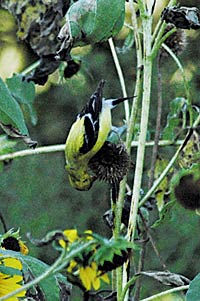
Seed that ripens in early summer:
• Pot marigold (Calendula)
• Tickseed (Coreopsis)
Seed that ripens mid- to late summer:
• Bachelor button
• Bellflower (Campanula)
• Bull thistle
• Chicory
• Cosmos
• Love-lies-bleeding (Amaranthus)
• Marigold
• Portulaca
Seed that ripens in fall and remains available into winter:
• Aster
• Coneflower
• Fountain grass
• Phlox
• Sunflower (annual and perennial species)
• Switchgrass
When seed has no draw for a songbird
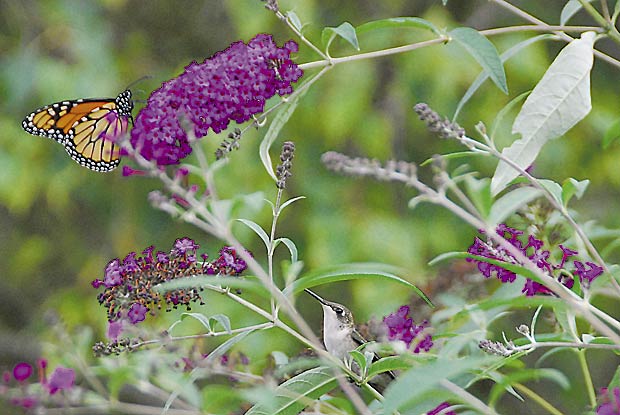
When it’s hungry, almost any bird will eat an oil-rich seed such as thistle or sunflower. However, some, such as mourning doves, cardinals, sparrows, house finches and goldfinches, prefer seed and eat more of it than anything else.
Other birds, including orioles, cedar waxwings, robins, thrashers and woodpeckers, are not seen so often at feeders because their diets consist primarily of fruit or insects. To attract fruit and insect eaters, put out fruit and suet cakes.
Both hummingbirds and butterflies sip nectar and may vie for any of the flowers on this list, but most butterflies must perch to feed while hummingbirds can hover.
Nectar drinkers need masses of flowers. A hummingbird may visit 1,000 blooms per day to obtain enough nectar—typically, 1/2 its own body weight in nectar, plus insects and water. So to do the best for hummingbirds and butterflies, stick with what grows well in your garden, and grow a lot of it.
Hummingbirds
Ajuga
Azalea/rhododendron
Bleeding heart
Canna
Catmint
Columbine
Coral bells
Dahlia
Daylily
Delphinium
Four o’clock
Foxglove
Fuchsia
Geranium
Gladiola
Hibiscus
Honeysuckle
Impatiens
Iris
Larkspur
Cleome
Lobelia
Morning glory
Nicotiana
Petunia
Quince
Rose of Sharon
Salvia
Snapdragon
Trumpet vine
Virginia bluebells
Weigela
Wisteria
Zinnia
Butterflies
Rock cress/Arabis
Aster
Bull thistle
Candytuft
Celosia
Coneflowers
Gaillardia
Joe pye weed
Lavender
Milkweeds/Asclepias
Pincushion flower
Plumbago
Sedum
Verbena
Both
Beauty bush
Bee balm/Monarda
Butterfly bush
Dianthus
Elderberry
Lantana
Lilac
Phlox
Bug patrol!
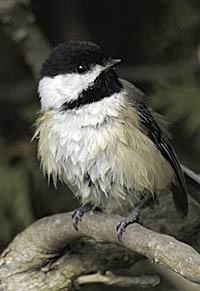
The black-capped chickadee we love as a cheery presence at the thistle seed feeder actually prefers to eat insects. Even when provided with plentiful seed, it forages in the garden where it eats large numbers of bugs and their eggs. It eats eggs of moths, aphids, katydids and spiders in winter. During the growing season it’s a very good hunter of moths, caterpillars, spiders, weevils, beetles, flies, wasps, bugs, aphids, leafhoppers and treehoppers.
About those buzzy little wrens who scold at you when you garden too close to their home: Give way! On average, a pair of wrens delivers 500 insects per day to their brood.
Janet Macunovich is a professional gardener and author of the books “Designing Your Gardens and Landscape” and “Caring for Perennials.” Read more from Janet on her website www.gardenatoz.com.

Leave a Reply